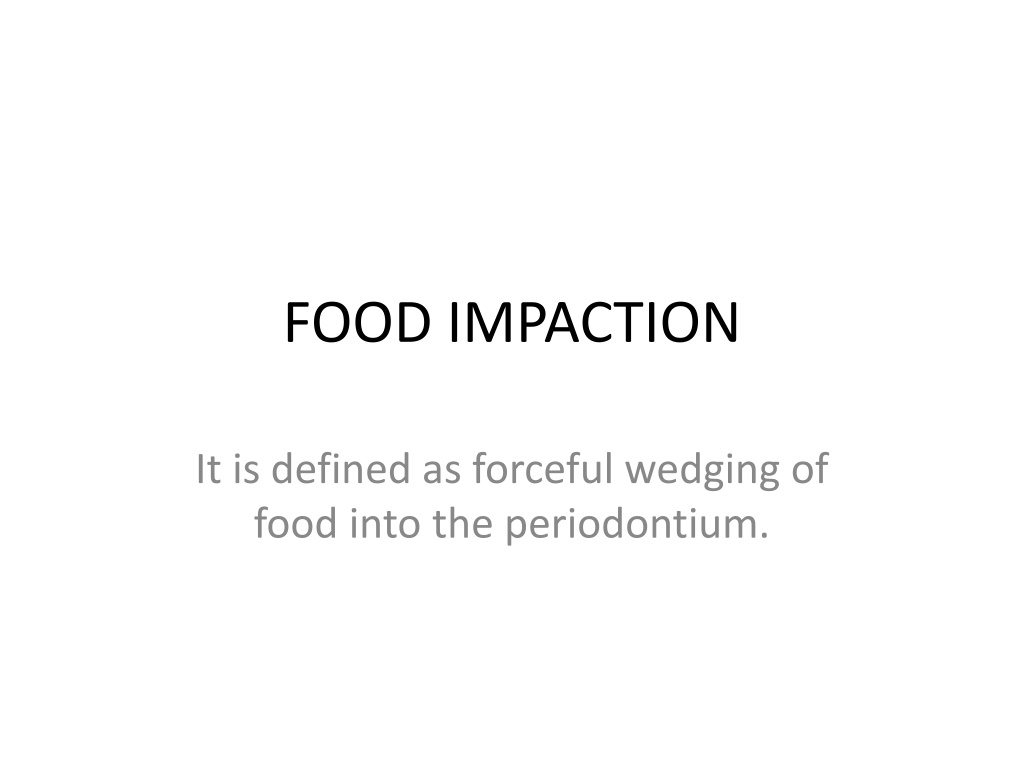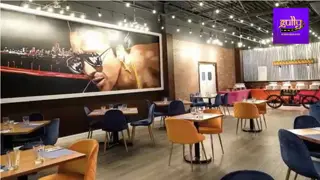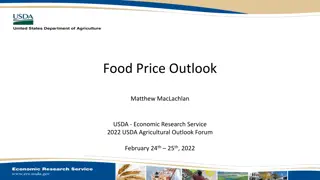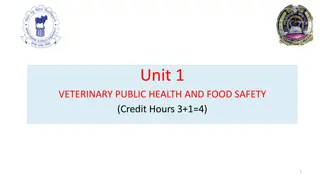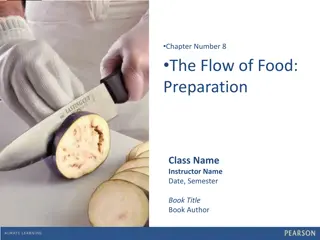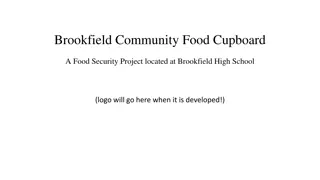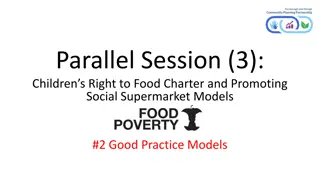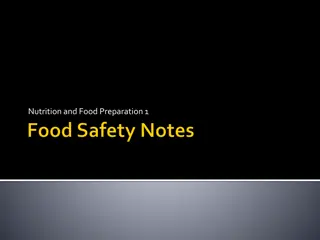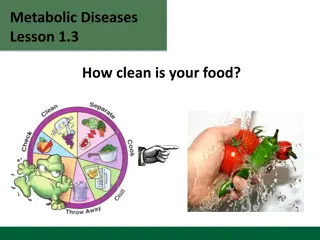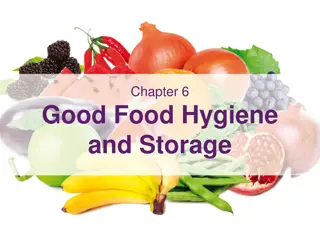FOOD IMPACTION
Food impaction in dentistry is defined as the forceful wedging of food into the periodontium. It can be caused by various factors such as inadequate interproximal restoration, prosthetic issues, and implant-related issues. Anatomical factors like diastema, tooth movement, and occlusion discrepancies can also contribute to food impaction. Symptoms may include discomfort, bad taste, and halitosis. Diagnosis involves a thorough examination and investigation which may include visual inspection, radiographs, and patient history. Proper management is crucial to alleviate symptoms and prevent further complications.
Download Presentation

Please find below an Image/Link to download the presentation.
The content on the website is provided AS IS for your information and personal use only. It may not be sold, licensed, or shared on other websites without obtaining consent from the author.If you encounter any issues during the download, it is possible that the publisher has removed the file from their server.
You are allowed to download the files provided on this website for personal or commercial use, subject to the condition that they are used lawfully. All files are the property of their respective owners.
The content on the website is provided AS IS for your information and personal use only. It may not be sold, licensed, or shared on other websites without obtaining consent from the author.
E N D
Presentation Transcript
FOOD IMPACTION It is defined as forceful wedging of food into the periodontium.
ETIOLOGY Anatomy related Inadequate Interproximal restoration Prosthetic related Implant related
ANATOMIC RELATED Diastema Tooth movement Occlusion discrepancy Inerdental papilla support/recession
INADEQUATE INTERPROXIMAL RESTORATION Inappropriate design of marginal ridge&contact area
PROSHTHETIC RELATED Proximal filling related Fractured restoration Inadequate prosthetic crown Faulty design impression/laboratory procedure fabrication Fractured of prosthesis at proximal contact
IMPLANT RELATED Excessive distance between implant/implant &adjacent tooth Inappropriate distance between contact point &alveolar bone crest(3mm for adjacent implant&3-5mm for adjacent tooth -implant)
POSSIBLE ETIOLOGY OF PAIN Pressure on periodontal tissue(propriorecepter in PDL) Pulapal irritation through exposed dentinal tubules
SIGNS Proximal contact may be open Interdental papilla flattened/absent Plunger cusp apparent in opposing tooth In compatible marginal ridges of prosthetic crown of adjacent tooth Food accumulation in proximal region
SYMPTOMES Discomfort Bad taste&Halitosis Pain
INVESTIGATION Inquire about the nature of pain History of food impaction Visual inspection/oral examination Radiograph (IOPA&Bite wings)
DIAGNOSIS Pts description of the problem&pain history Clinical examination Exclusion of pulpal involvement
D/D Pulpitis (Acute) Acute periodontitis
TREATMENT Acute phase treatment Creating proper proximal contact area Special wedging techniques for direct restoration
ACUTE PHASE TREATMENT Debride with/without local anesthesia Motivate pts to clean the interdental area using any appropriate methods
CREATING PROPER PROXIMAL CONTACT AREA Reproduce the anatomic proximal contact area and contours Always creating a possible tight contact
SPECIAL WEDGING TECHNIQUES Piggy back wedging Double wedging Wedge wedging
MCQ-1 Which is the following a possible anatomic factor responsible for food impaction? (a)fractured restoration (b)proximal restoration (c)faulty design crown (d)occlusion discrepancy
MCQ-2 How much distance between implant and adjacent tooth is ideal for fabrication of crown to prevent food impaction? (a)1-2mm (b)3-4mm (c)4-5mm (d)5-6mm
MCQ -3 Which is best radiological methods to diagnose interproximal carious lesion? (a)intra oral peri apical (b)panaromic (c)occlussal (d)bitewing
MCQ-4 Which is the following a sign of food impaction in proximal area? (a)plunger cusp (b)discomfort (c)halitosis (d)pain
MCQ-5 Which is the following a symptoms of food impaction in proximal area? (a)plunger cusp (b)food accumulation (c)bad taste (d)open proximal contact
